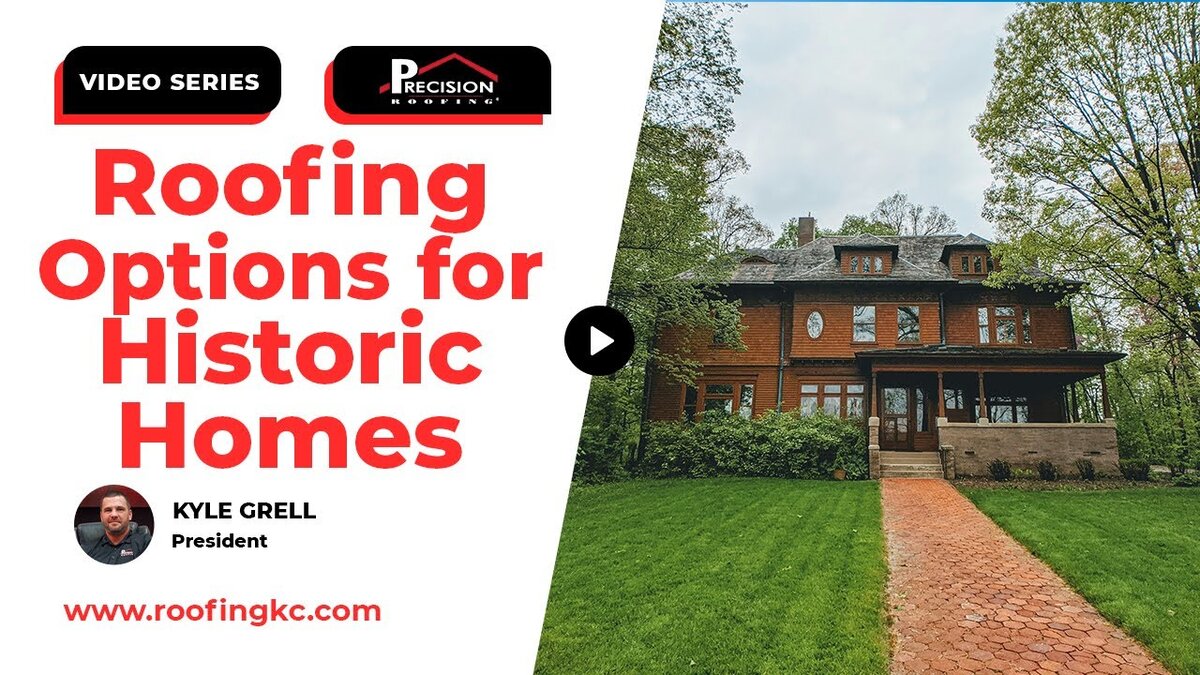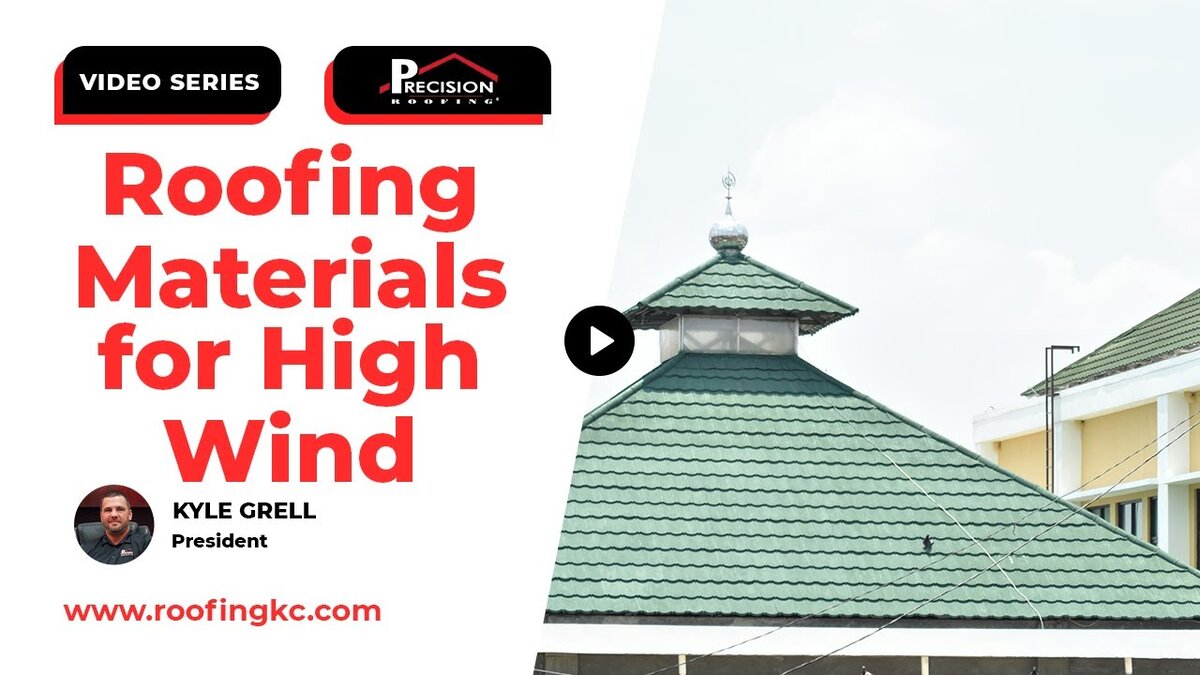Older and historic homes are architectural treasures that embody stories of the past. Preserving these homes requires thoughtful care, especially when it comes to essential elements like roofing. Choosing the right roofing material is crucial—not only to protect the structure but also to maintain its authentic, historic charm. In this blog, we’ll explore the best roofing options for historic homes and how we can help you make the ideal choice for your timeless property.
Understanding Historic Preservation Requirements
Before embarking on any renovation, it’s essential to recognize that many historic homes are subject to specific preservation guidelines. Certain towns and cities enforce regulations to maintain the historical integrity of these structures. These rules often dictate the materials and methods permissible for roofing projects.
Key Considerations:
- Research Local Regulations: Consult with local historical societies or preservation boards to understand the specific requirements for your area.
- Select Appropriate Materials: Ensure that the chosen roofing materials align with both historical accuracy and regulatory standards.
- Hire Knowledgeable Contractors: Work with professionals experienced in historic home renovations to handle these requirements effectively.
Material Options for Historic Homes
Selecting the right roofing material is crucial for preserving the aesthetic and structural integrity of a historic home. Here are some options to consider:
1. Clay and Concrete Tiles
Traditional barrel tiles, often made from clay or concrete, are prevalent in historic architecture. They offer durability and a classic appearance but can be heavy and may require additional structural support.
Advantages:
- Aesthetic Authenticity: Maintains the historic look of the home.
- Durability: Long-lasting with proper maintenance.
Considerations:
- Weight: May necessitate structural reinforcement.
- Cost: Generally more expensive than standard asphalt shingles.
2. Synthetic Barrel Tiles
Modern advancements have led to the development of synthetic barrel tiles that closely mimic the appearance of traditional clay or concrete tiles. Brands like Brava offer options that are nearly indistinguishable from the originals.
Advantages:
- Lightweight: Easier to install without requiring additional structural support.
- Durability: Engineered to withstand various weather conditions.
- Cost-Effective: While still a premium product, they can be more affordable than natural materials.
3. Wood Shingles
Wood shingles have been used historically due to their natural appearance and regional availability. They are suitable for certain architectural styles but require regular maintenance.
Advantages:
- Natural Aesthetic: Provides an authentic historic look.
- Insulation Properties: Offers natural insulation benefits.
Considerations:
- Maintenance: Susceptible to rot, insects, and fire; requires regular upkeep.
- Longevity: Shorter lifespan compared to other materials.
4. Metal Roofing
Metals such as copper, tin, and terne have historical significance and are known for their durability and distinctive appearance.
Advantages:
- Longevity: Can last over a century with proper maintenance.
- Lightweight: Puts less stress on the structure.
Considerations:
- Cost: Higher initial investment.
- Aesthetic Compatibility: May not be suitable for all historic styles.
Cost Considerations
Investing in a roof for a historic home often involves higher costs due to the materials and specialized labor required.
Factors Influencing Cost:
- Material Expenses: Premium materials like clay tiles or metal roofing are more costly than standard options.
- Labor Costs: Specialized installation techniques and the intricacies of historic homes can increase labor expenses.
- Structural Requirements: Additional support or restoration work may be necessary to accommodate certain roofing materials.
Additional Considerations for Historic Homes
Historic homes often feature complex roof designs with multiple protrusions, such as chimneys, dormers, and decorative elements.
Key Points:
- Complexity: Intricate designs require skilled craftsmanship to ensure proper installation and preservation of historical details.
- Customization: Custom-fabricated components may be necessary to match original designs.
- Maintenance: Regular inspections and maintenance are crucial to preserve both the roof and the home’s overall integrity.
In Summary
Finding the right roofing options for historic homes is all about balancing preservation and protection. At Precision Roofing, we understand the unique challenges that come with maintaining historic properties. Our team is committed to offering roofing solutions that preserve your home’s original charm while ensuring long-lasting durability.
For expert guidance and personalized service, contact us today to explore the best roofing options for your historic home.




